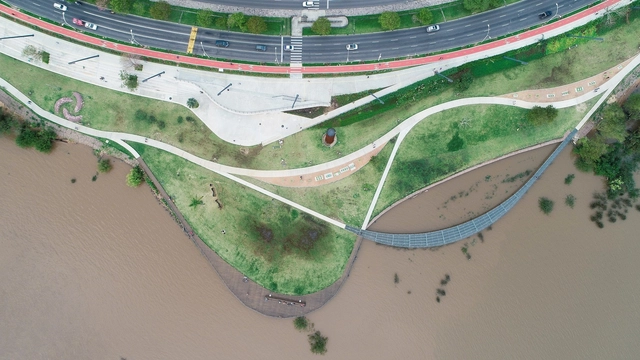
Far beyond its decorative features, landscaping brings with it biological and cultural issues that need to be addressed in projects. However, what can be seen in most public, residential, condominium, commercial and business gardens is a series of approaches that distance landscaping from all its attributes, reducing it to a decorative layer in the construction. Next, we have put together strategies to avoid the main problems of landscape design, joining aesthetics with its environmental and cultural possibilities.































_Daria_Scagliola.jpg?1596665845&format=webp&width=640&height=580)
_Del_Rio_Bani.jpg?1596667310)
_Evgeny_Evgrafov_02.jpg?1596665789)
_Norbert_Tukaj.jpg?1596666158)
_Chao_Zhang.jpg?1596666402)
_Daria_Scagliola.jpg?1596665845)